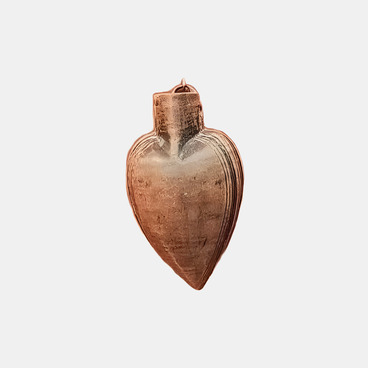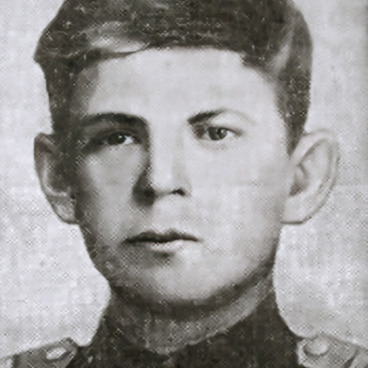At first, the term shashka was used to describe a cheap sidearm of a mounted fighter with a saber; the first examples of this weapon date back to the 12th-13th centuries.
Legends of Cossack shashka originate from the very people who used it. It’s a common belief among many historians that this type of weapon was first created by Cossacks, and that this people improved the design of the side arm and introduced new ways to use it. However, in reality this is not the case. But first things first.
When the Cossacks first appeared as a social category of semi-autonomous people, there was no such thing as shashka. All Cossack units were armed with regular sabers like most of the mounted troops of that time. Moreover, all these sabers were different, depending where they were looted or bought from during the Cosaks’ war campaigns. Later, when the Cossacks became part of the Russian army, the way of things changed and by the end of the 19th century Cosaks’ arsenal was finally unified. Before that, military orders contained only a vague requirement, which stated that the saber must be of the Asian type with arbitrary decoration.
It is worth saying a few words about how the Cossacks came to use Caucasian-style saber at the time when most of other troops used broadswords and sabers in the European style. The word “shashka” comes from the Circassian lsngusge and means “big knife”. This word was first mentioned in written sources back in 1625 by Giovanni de Luca. The Cossacks adopted this weapon from the peoples of Caucasus, after which shashka was widely used not only in the Russian army, but also in armies of Central Asia. Initially, shashka was considered a secondary weapon, ment to be used along with saber. Its distinctive characteristic is a single-edged, slightly curved long blade, a hilt with no handle with a bifurcated head and no protective parts. They were usually worn on the left side almost under the armpit, but when highlanders started using firearms the need for a full-sized saber disappeared and shorter shashka took its place. Soon it was adopted by the Russian army as a statutory edged weapon. Despite the fact that this type of weapon came from the Caucasus, regular Russian troops received a slightly modified model, which was called the Asian type shashka. The requirements for this weapon were different: the Caucasian highlanders valued compactness and convenience for concealed carry but for the Cossacks the main criteria were massiveness (the weight of the blade) and convenience in battle.
In 1881, shashkas were officially adopted by the artillery units. Then such types of shashkas as dragoon, officer, Cossack shashkas and artillery servant shaska were introduced.
Shashka has maintained its status of a statutory weapon almost until the mid-twentieth century, becoming the last type of bladed weapon that was used in mass battles during the Great Patriotic War. After this, the value of the checker quickly dwindled due to appearance of tanks, machine guns and barbed wire. Shortly after that the saber became a ritual item, an accessory to the parade uniform. And in 1968 it began to be considered an honorary award weapon.



